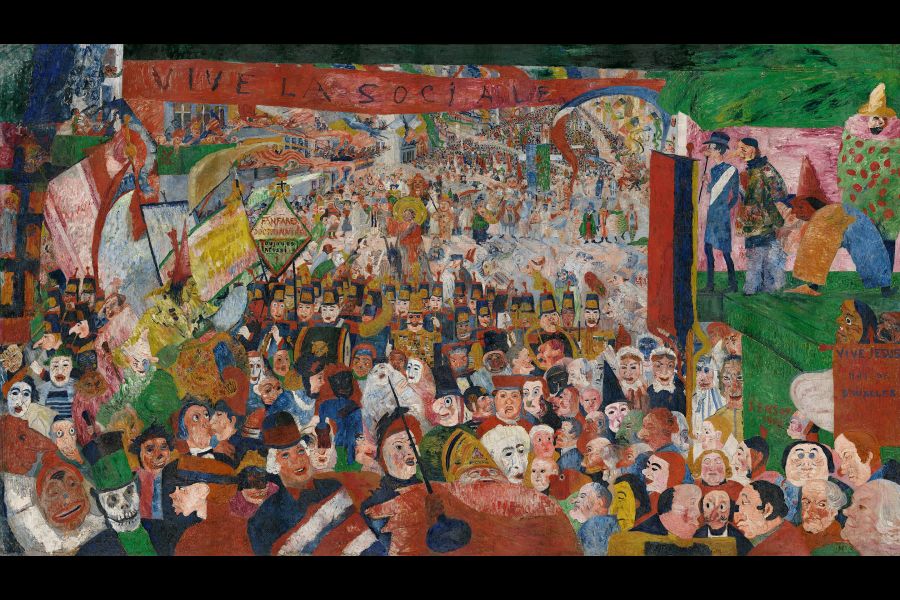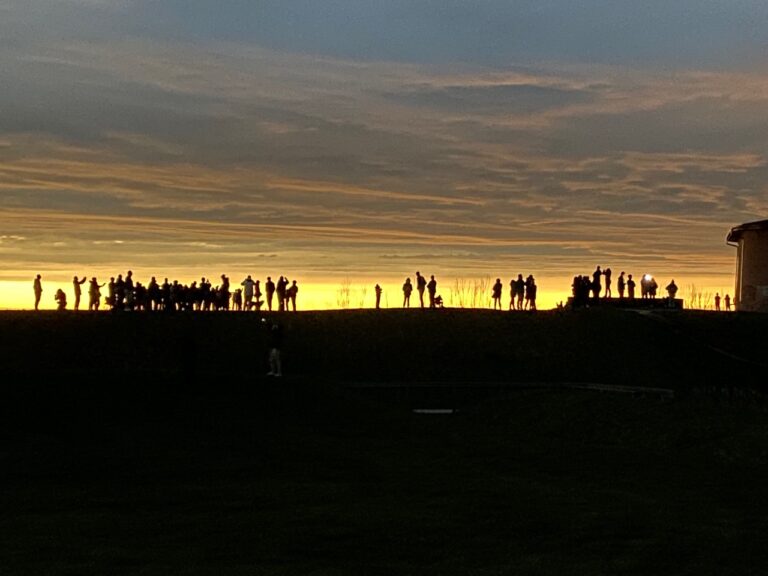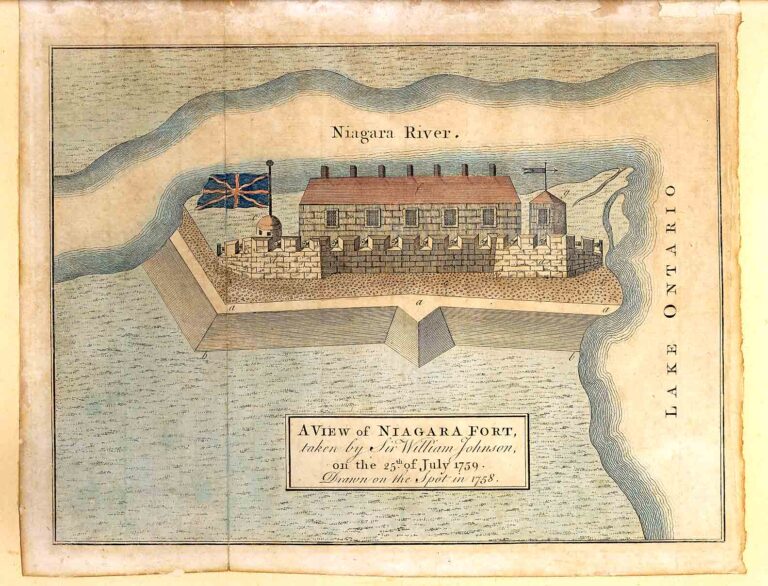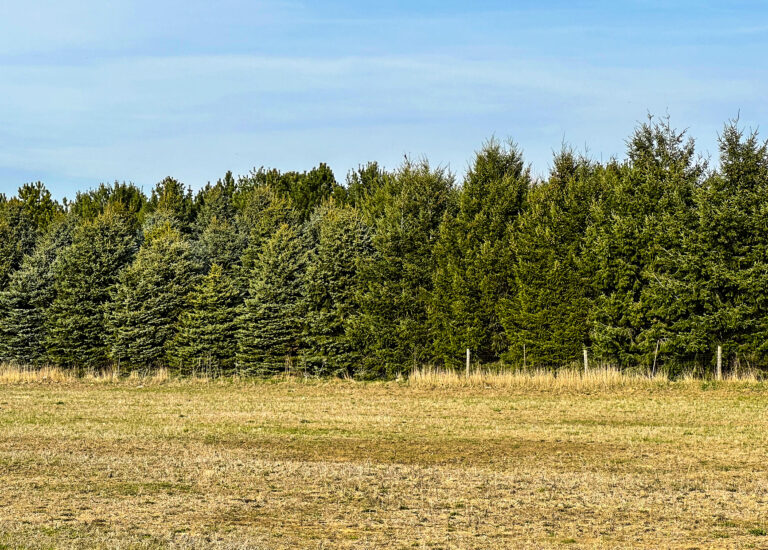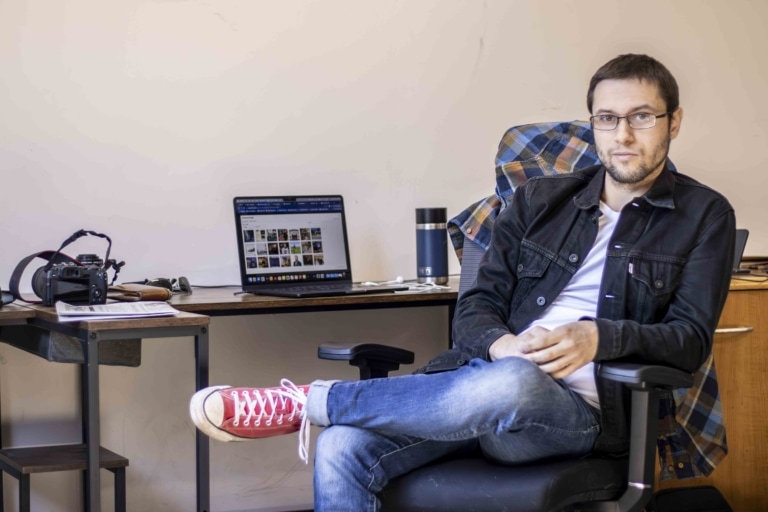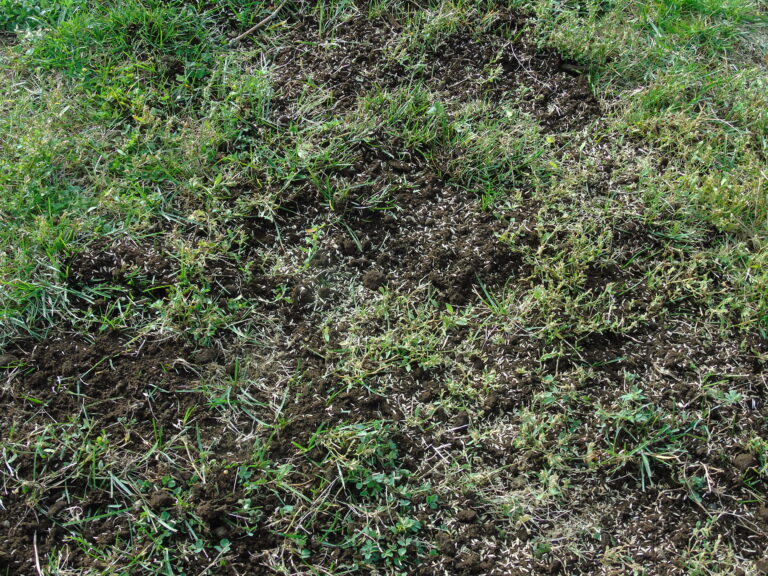Penny-Lynn Cookson
Special to Niagara Now/The Lake Report
Sunday, July 11, 2021, will remain a day not easily forgotten by football fans. The Euro Cup 2020 was won by Italy over England on penalties.
Euphoria for Italy and, for England, crushing disappointment. Earlier, a pregame ticketless crowd breached security and poured into Wembley Stadium as a chaotic mass of yelling bodies, pushing forward between hanging banners to reach seats.
There were no COVID masks but plenty of decorative paint streaks masking faces: red and white for England; green, white and red for Italy. The colourful costumes, the waving flags, the joyous and anguished faces and the turbulence in the stands kept reminding me of the paintings of the Belgian artist James Ensor, the “master of the macabre,” a loner who loved being in a crowd.
In Ensor’s huge 8-foot high by 14-foot wide painting of “Christ’s Entry into Brussels in 1889,” we see a conflict between reason and madness, order and revolt.
Ensor imagines Christ as a revolutionary figure, the liberating king, who traditionally entered Jerusalem on Palm Sunday, nearly lost to view in the maelstrom of a carnival crowd surging toward the viewer, banners flying, a uniformed band marching and the dignitaries observing from the side.
A few days later, the same masked and grimacing fickle crowd will shout to the Romans for his execution, the implication being if Christ showed up in Brussels in 1889 he’d be crucified again.
As Ensor regularly attended carnivals, he was an acute observer of crowds, their theatrical vibrancy and noise, and saw that beneath the raucous energy and fantasy lay undercurrents of menace and violence. He was a visionary in the pure fantastical tradition of Spain’s Goya and of his fellow Flemish artists Hieronymous Bosch and Bruegel the Younger.
Ensor was born in the seaside resort town of Ostend, Belgium, in 1860. His father was English, his mother Belgian and her family’s business was a curio shop catering to tourists and those attending the annual Ostend Carnival. Masks, therefore, were a big part of their trade, along with seashells, knick-knacks, chinoiserie and Japanese fans.
The family lived above the shop and Ensor had his studio in the attic. The assorted objects in the shop were frequently incorporated into his work as he was stimulated by “their opulent colour, reflections and sparkling rays of light.” He studied in Brussels at the academy but chafed at the traditional academic approach and the rejection of his work by the Salon and critics.
Initially, he was a stylistic nomad, passing through Post-Impressionism, Fauvism and Symbolism and the progressive Les Vingt group but parted ways as he was a singular, opinionated artist confident in his own unique vision, solitary but socially engaged in the issues of his time and the debates on the nature of modernism.
His early subjects and themes had been interiors, still life, landscapes, religious topics and portraiture. In the 1880s his subject matter changed to fantasy, caricature and satire, the carnival crowds and the grotesque. Individuals appeared as clowns or skeletons, their faces covered with masks representing the true faces of humanity, more often suggesting nightmares than carefree joy.
On his mysterious use of masks, Ensor was candid that they were an opportunity for extravagant gesture, expression and decoration, for “exquisite turbulence.” On his frequent use of skulls? Commonplace, regularly turning up on the beach where 130,000 Flemish were massacred in the 17th-century war against Spain.
By 1929, his brilliance acknowledged at last, he was made a baron by King Leopold. His precise technique, use of vibrant colour, violence and fantasy presaged German Expressionism and Belgian Surrealism. His statement that he had “anticipated all modern tendencies in every direction” has proved true.
Penny-Lynn Cookson is an art historian who taught at the University of Toronto for 10 years. She was also head of extension services at the Art Gallery of Ontario. She will be giving four lectures on “Landscape and Memory” at the Pumphouse Arts Centre, Wednesdays, Aug. 4 to 25, and lectures at RiverBrink Art Museum in September/October.



